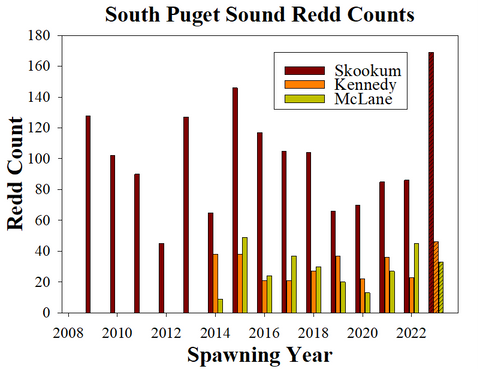Since its debut in 1995, Tibor Reels, crafted by Ted Juracsik, has established itself as the go-to choice for discerning fly fishermen. With a host of innovative features and exceptional performance, Tibor Fly Reels have become a staple in the angling community. Here in the PNW they might not get the love they deserve but we are here to change that as we explore the reasons why Tibor Fly Reels are considered one of the worlds greatest fly reels.
Tibor Fly Reels are designed with groundbreaking features that elevate the performance of fly fishermen. The inclusion of a large arbor spool allows for faster line retrieval, providing anglers with greater control over reel-smoking species like Bonefish, Permit, Wahoo, and species like Albacore and Salmon here in the PNW. This innovation not only enhances the angler's ability to handle powerful fish but also increases overall efficiency on the water.
One of the standout features of Tibor Fly Reels is their impregnated cork disc drag system. This technology delivers an unparalleled combination of strength, smoothness, and reliability, ensuring optimal performance in any fishing scenario. Anglers can confidently battle strong fish while enjoying a seamless and consistent drag system that responds flawlessly to their demands.
Tibor Fly Reels are meticulously crafted with attention to detail and functionality. The large outer hub enables a low backing retrieve, ensuring that anglers have ample line capacity for their pursuits. Moreover, all internal parts are sealed from outside elements, providing protection against dirt, debris, and water intrusion. The open subbed, perforated spool and drum design promote optimal cooling during intense runs, while the outer holes serve as convenient tippet keepers.
The Tibor Fly Reels are equipped with user-friendly features that enhance the angling experience. The detented drag adjustment ensures smooth and precise control, allowing anglers to make quick adjustments to match the fishing conditions. The reel also features triple outgoing line signals, which can be easily removed for silent operation when necessary. Each reel is serialized for identification and protection, and the personalized nameplate engraving adds a touch of customization.
Tibor Fly Reels are proudly made and assembled in the U.S.A., representing the commitment to quality craftsmanship and supporting local economies. The meticulous attention to detail and the use of premium materials result in a reel that anglers can rely on for years of exceptional performance.
Tibor Fly Reels have rightfully earned their reputation as an incredible product in the fly fishing world. With their innovative design, unbeatable performance, and thoughtful features, Tibor Fly Reels provide anglers with the tools they need to tackle challenging fishing situations with confidence. From the impressive drag system to the user-friendly design elements, Tibor Fly Reels embody excellence in craftsmanship and heritage. Whether you are chasing bonefish on a tropical flat or battling powerful tuna in offshore waters of Washington, Tibor Fly Reels will undoubtedly enhance your fly fishing adventures.
SHOP TIBOR BELOW!









